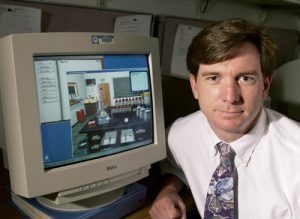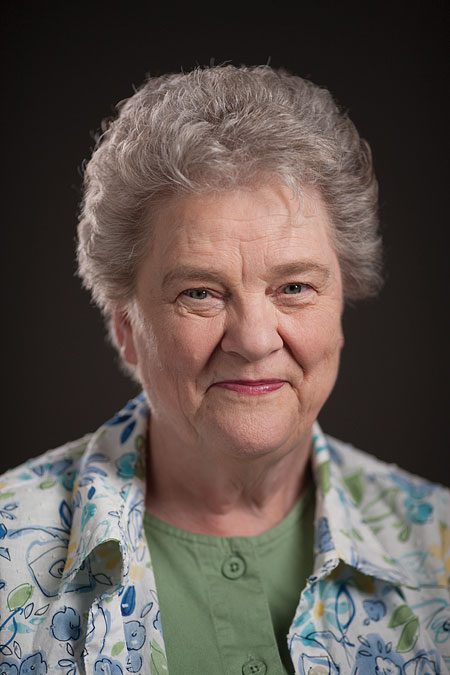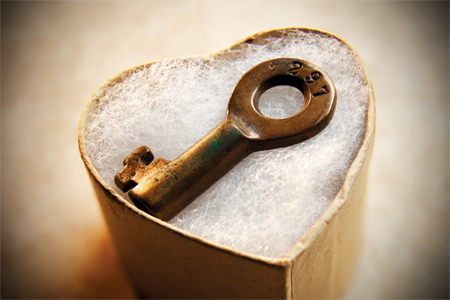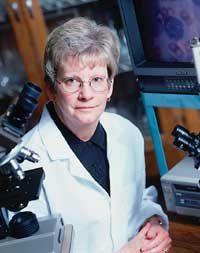
Brian Woodfield’s Virtual CHemLab offers students the freedom to safely explore dangerous chemical reactions.
By Charity Brunson, ’04
IN this chemistry lab it’s okay to blow things up. In fact, failure, including its glass-shattering, compound-detonating results, is encouraged as a valuable part of the learning process. Welcome to Virtual ChemLab, a computer-generated laboratory where students can freely explore chemistry, without the safety glasses.
This virtual-reality playground is the brainchild of Brian F. Woodfield, ’86, BYU assistant professor of chemistry, based on an idea he had while working on his PhD at the University of California, Berkeley. Inorganic and organic chemistry virtual labs, which Woodfield created with the help of Merritt B. Andrus, ’86, are already available for purchase through Prentice Hall. The planned six-part set will eventually include quantum mechanics, gases, titrations, and calorimetry.
For a generation accustomed to wandering around video game worlds, the idea of doing schoolwork in a virtual setting is both appealing and approachable. A tour of the lab leads students down a scholastic-looking hall, through a labeled door, and into a room that looks, well, like a chemistry lab. Using the mouse to select different areas of the room, students can get materials from the supply room, re-create famous experiments, or explode a beaker or two, while teachers can use a Mission Impossible-esque security code to stock supplies, record grades, and set up assignments.
The eye-candy offered by impressive “3-D graphics that make students psychologically feel that they’re in the lab,” is only a small part of the draw, Woodfield says. The real fundamental feature of the lab is the freedom it offers.
In a real lab, because of concerns about safety, expense, and time, “students end up doing what we call cookbooking—they just follow the instructions, get their results, and think they’re done,” Woodfield explains, “but they haven’t thought about what they’re doing.”
In the simulated lab environment, however, students are free to explore.
“That way we are forcing them to be creative thinkers instead of just doers,” Woodfield says. “Because ultimately, that’s what we’re teaching in chemistry—how to be innovative and creative, how to take knowledge that you have and apply it to new situations.”
Woodfield acknowledges that Virtual ChemLab can’t completely replace the real thing. “Part of a real laboratory experience is teaching students how to use equipment and do laboratory technique, and you have to have hands-on experience for that,” he says. “How chemicals look, feel, smell—we can’t represent that or duplicate that on a computer.”
Woodfield’s objective, though, is not to replicate physical details, but to create new knowledge and problem-solving skills in students.
So far, the response has been good. Several universities have adopted the program, and more are waiting until the quantum mechanics lab, which Woodfield and his collaborator Matthew C. Asplund, ’92, just completed, becomes available.
At BYU, each semester between a few hundred and a thousand students use Virtual ChemLab in their inorganic and organic laboratory classes as a make up, pre-lab, homework, quiz, or midterm. According to Woodfield, the students find it both enjoyable and beneficial. He says it “helps them think more like a chemist.”









